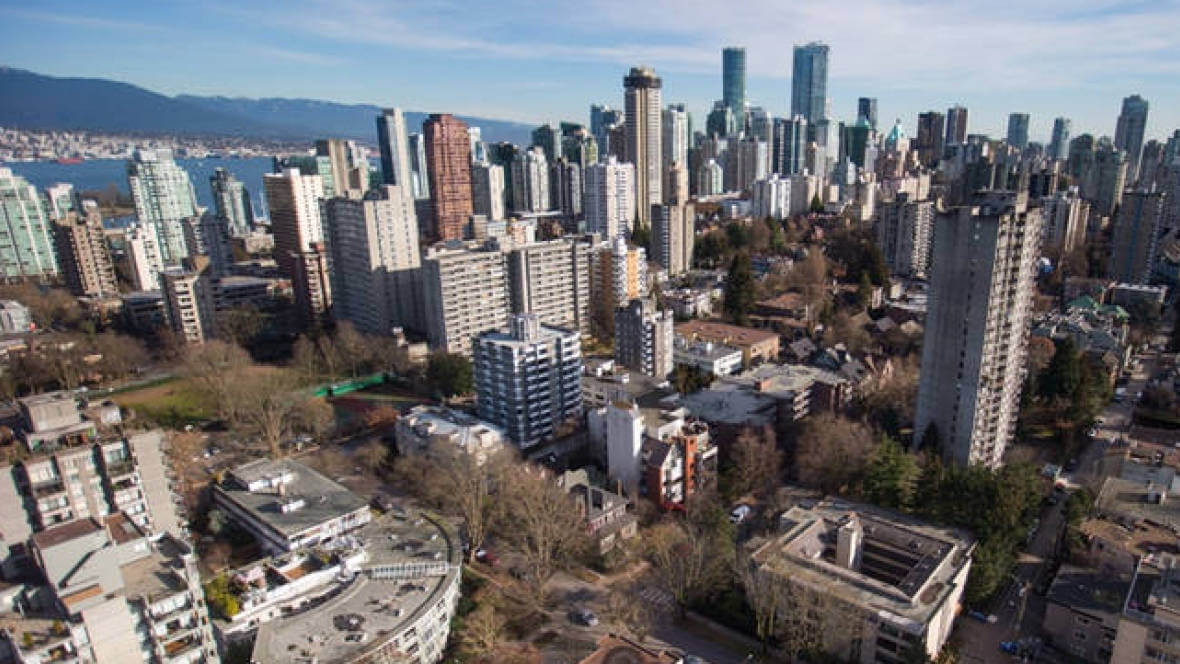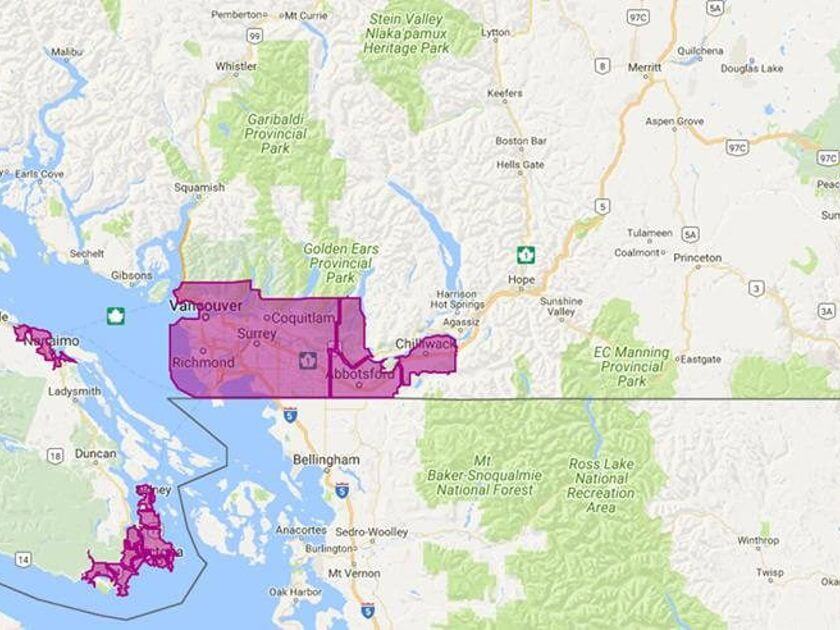How Do Vancouver House Prices Stand Up to the Rest of North America?
Prices in Vancouver have seen a historical high over the past few years, with mean house prices pegged at $1.4 million. Despite the recent market slow down, prices remain high in the bustling metropolis, where 76% of all homes cost over a million dollars and home availability is well below historical norms.
 Image credit: CBC News
Image credit: CBC News
In truth, these prices are unique not just to Vancouver itself, but also throughout the region. Here’s how local house prices stand up to the rest of North America.
Across the Great White North
Housing prices across the country are expected to cool down over the next few months, except for areas that remain hot markets for real estate. The average selling price of a Canadian home last December was estimated at $496,500 following robust growth, but this number is still way below Vancouver averages.
Another major city outpacing the rest of the country in terms of housing prices is Toronto, where the average home costs $784,558. Meanwhile, cities like Ottawa ($394,000) and Montreal ($365,000) are just starting to catch up, thanks in part to consumer demand shifting away from Vancouver and Toronto.
On the other side of the border
Meanwhile, similar house price trends have been seen in major cities in the US. The most notable are San Francisco and Manhattan, where real estate prices easily top Vancouver’s at $1.6 million and $1.5 million, respectively. The key difference, however, is that median incomes in these American cities are higher than those in Vancouver, which translates to better affordability.
To illustrate, median multiples – or the ratio of median house price to median gross annual household income – for Vancouver is at 17.8. Meanwhile, Manhattan records a ratio of 15.6, while San Francisco displays a slightly more affordable ratio at 13.8. Nearby LA, with median selling prices of $722,000, has a median multiple of 12.1.

Image credit: Discover Homes Miami
Over on the east coast, major states like Florida and North Carolina enjoy relatively more affordable median prices at $282,000 and $214,600, respectively. These are expected to rise steadily over the next few years, with the exception of opulent neighborhoods where luxury home values can easily compare to averages in Vancouver, Manhattan, and San Francisco. For instance, property in the posh district of Key Biscayne, Miami sells for an average of around $1.4 million, while luxury estates in Charlotte, North Carolina, can sell for as high as $6.6 million.
Managing the price hike
To address the growing problem of stiflingly unaffordable homes in Vancouver, British Columbia has recently put in effect a 15% tax on home purchases made by foreign nationals. The new tax measure aims to curb mass purchases from unknown buyers from overseas, whose cash payments have caused the unprecedented price hikes and the subsequent difficulty for local workers to find new homes.
Meanwhile, Simon Fraser University professor Rhys Kesselmen has proposed an alternative to the new rule. According to the academic, a better way to address the issue is to impose a property surtax on high-end homes that can be deductible against the owner’s income tax. This option prevents local middlemen or extended families to work with a foreign buyer to avoid the current tax, while also letting local governments monitor which homes remain vacant and which are occupied.
In conclusion, Vancouver comes in behind San Francisco ($1.6 million) and New York City ($1.5 million) to place third overall in terms of median house prices in North America ($1.4 million). Affordability remains a critical point of concern in the Canadian metropolis, however, as lower median incomes reveal a much tougher landscape for Vancouver would-be homeowners than their counterparts in more expensive American cities. As governments work to put the breaks on price hikes, consumer demand remains high and it is hard to say what will happen in the coming years.




